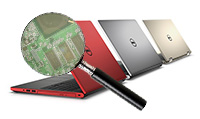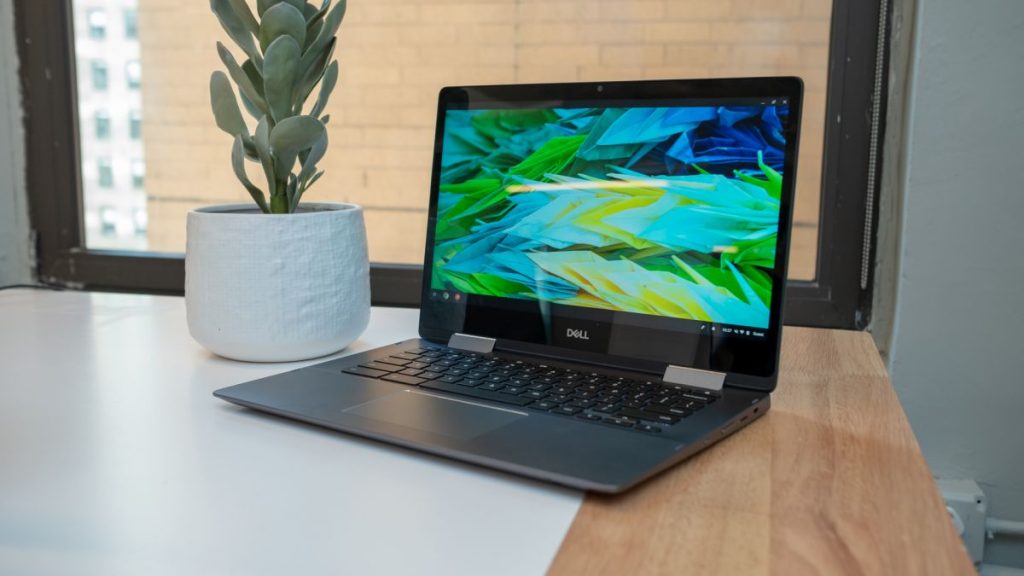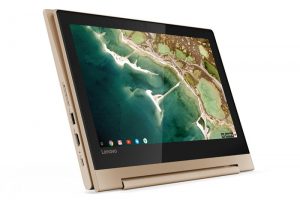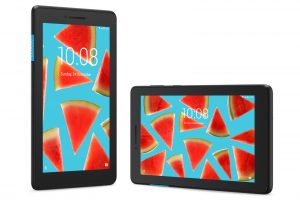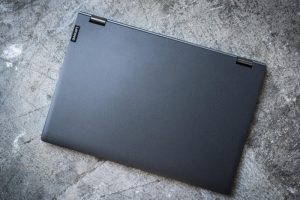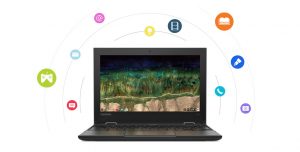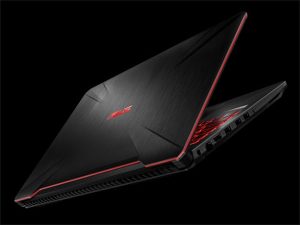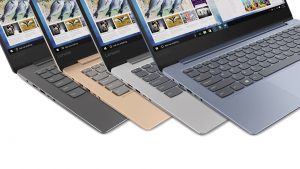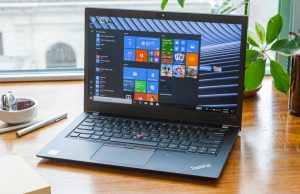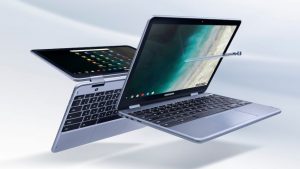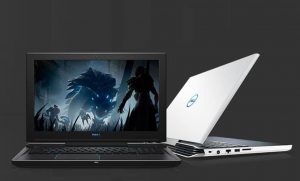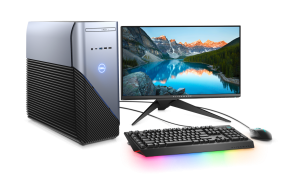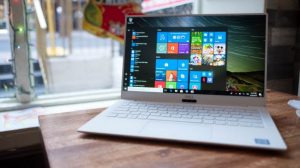

The design is more attractive than ever, with a stunning chassis made of an (optional) gold and white color scheme (for an extra $50), where the lid and bottom are made from gold colored aluminum, and the sides and deck finished with a woven crystalline silica fiber. As a lighter form factor than the previous gen, the XPS 13 9370 weighs in at just to 2.65 pounds, and is a mere 0.46 inches thick (while the XPS 13 9360 weighs 0.13 lbs more, and measures 0.14 inches thicker). The 9370’s 13.3-inch display features InfinityEdge, always a perk for resolution addicts, and such thin bezels, it’s like they're not even there. With the option of both a 3840 x 2160 4K UHD with touch, or a 1920 x 1080 non-touch, users will find their favorite, as either model offers eye-popping brightness. However, even if opting for the 1080p resolution, the display still performs with higher nit units (at 372), than what we see in the average ultraportable, which stands around 291 nits. When comparing this to the XPS 13 9360, it’s important to note its 1080p LCD screen performed with a nearly “twinning” average of 378 nit units, making both of these models stand out against competition.
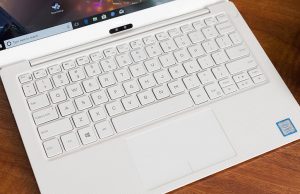

Available with an Intel Core i7-8550U CPU processor (1.8Ghz/4.0Ghz Turbo), up to 16GB of RAM (also the same configuration as the XPS 9360), there’s also dual-fan and heatsink to cool down the system, which helps improve overall performance. The 52Wh battery inside the XPS 9370 is thinner and smaller, hence, Dell had an easier time building a thinner device Overall, the runtime for the new model is about 12 hours and 37 minutes, which is not something to complain about, at all.
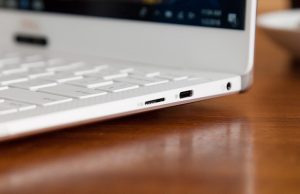


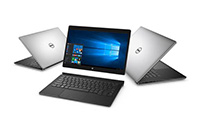 Laptop & Tablet Parts
Laptop & Tablet Parts